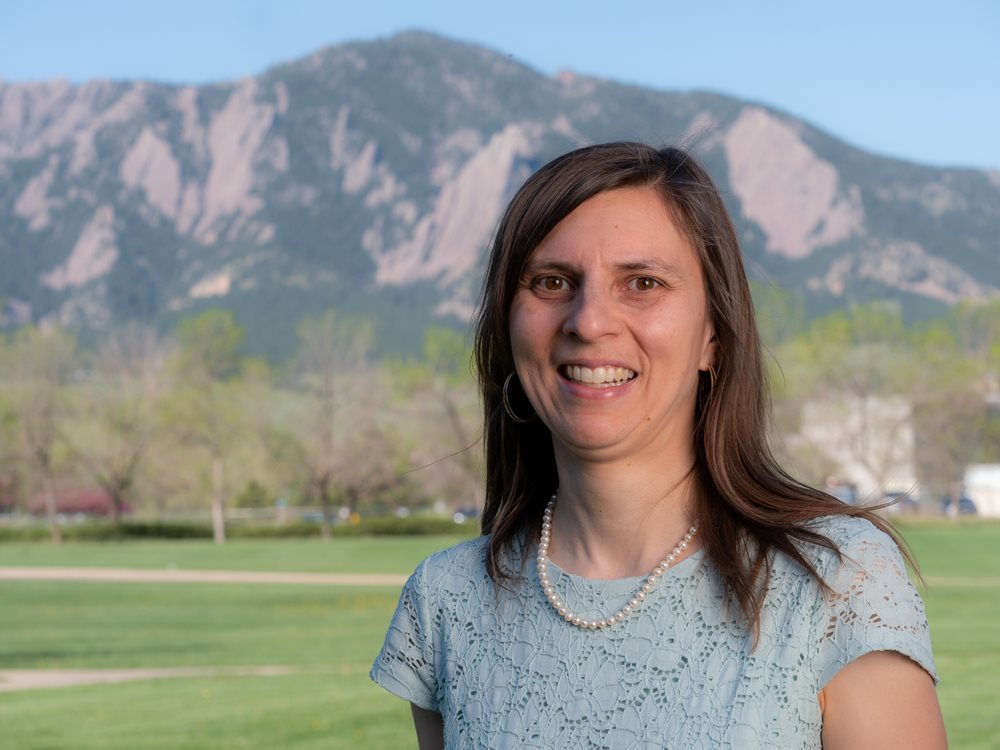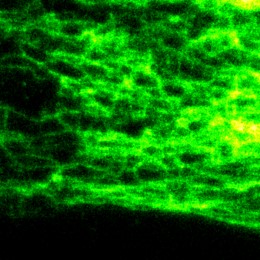Sensing Congress Speakers Explore the Many Possibilities of Optical Sensors
Leah Poffenberger, Corporate Communications Manager, Optica
Sensing Congress Speakers Explore the Many Possibilities of Optical Sensors
On July 11 to 15, Optica’s 2022 Optical Sensors and Sensing Congress convened in Vancouver, BC, Canada, for an exploration of the latest in optical sensing. The incredible versatility of optical sensors was on display during the plenary session, featuring Juliet Gopinath, University of Colorado Boulder, and Joseph Shaw, Montana State University. Gopinath and Shaw took attendees on a tour of many applications of sensing technology, from keeping desalination plants running to tracking down invasive fish species.
From water filtration to autonomous navigation: Using photonics to enable new sensing modalities
Juliet Gopinath, University of Colorado Boulder

Juliet Gopinath kicked off the plenary presentations with a roadmap on optical sensors and their ability to address real-world challenges. Gopinath introduced the topic with a use case of sensors in urban environments, citing the statistic of “50 percent of the world's population lives in urban areas and by 2050 it's projected to be 66 to 70 percent—that's an additional 2.5 billion people living in urban areas.” Natural resources will quickly become a premium, explained Gopinath. Deploying optical sensing networks in urban areas to create “smart cities” can improve the quality of life for many by guiding the allocation of resources. Optical sensors have the ability to inform everything in our urban environments—waste management, air quality, water management, traffic, energy use and more. Photonic sensing is an incredibly flexible tool, as it is non-invasive and can deploy remotely in either point or distributed modalities and technology can be implemented in free space on-chip or as a wearable sensor.
To highlight the versatility of photonic sensing, Gopinath summarized three research areas where she has been deploying this technology: Raman spectroscopy of water filtration, structured light for microscopy and electrowetting adaptive optical devices for LIDAR. Gopinath and her team at the University of Colorado Boulder apply Raman spectroscopy to monitor for scaling of the membranes involved with reverse osmosis desalination of water. Raman spectroscopy, she explained, is a tried and true method that can be applied in a novel way to solve issues of fresh-water availability.

Caption: Structured light technology allows for super resolution imaging of organic structures.
Image Credit: Juliet Gopinath, University of Colorado Boulder
Structured light technology applies an extra level of control for microscopy—which Gopinath points out is typically considered imaging but can be used as sensing—by using orbital momentum of light as a tool. Using structured light, Gopinath and others have been able to more clearly image structures like neurons, which are important for understanding neurological disorders. Electrowetting optical devices for LIDAR meet another technological need: non-mechanical scanners. Mechanical sensors and switches currently at use for LIDAR can fail relatively quickly. Gopinath has harnessed a technique that has been around since 1800, electrowetting, that uses applied voltage and surface tension to create lenses out of liquid droplets. Using a lens based on oil-and-water, she has developed a simple device for optical sensing in LIDAR that is insensitive to orientation and miniaturizable, with large scanning angles. Our future includes integrated optical multimodal sensors for monitoring remote, harsh environments and physically challenging spaces. From Gopinath’s perspective, it is more important than ever to utilize sensor technologies to combat environmental challenges.
Optical Exploration of the Natural World
Joseph Shaw, Montana State University

Joseph Shaw, a zealous nature photographer, and optical and remote sensing researcher, took the audience on a journey of images that inspired optical remote sensing instruments and applications he and his team developed to solve practical problems. During his plenary presentation, Shaw explained how he has developed optical remote sensing instruments for applications ranging from laser detection of fish from airplanes to measuring clouds for climate science.
Using a photograph of the ocean, Shaw described the glitter pattern formed through a collection of specular reflections. He explained how sunlight reflecting from capillary waves on the water surface created the pattern of specular reflections. Through a series of photographs, Shaw illustrated optical phenomena that occur in nature such as subsun, sundogs and corona (diffraction by cloud particles), along with sensors inspired by them. For example, his group used liquid crystal retarders to create a polarization-switching lidar instrument that allowed them to discover an ice-cloud lunar corona where the diffraction was caused by tiny ice particles instead of liquid water droplets.
In his presentation, Shaw described how his team used lidar mapping of honeybees to locate buried mines. Through this experiment, Shaw and his team patented “wingbeat-modulation lidar” as a nature-inspired method to detect honeybees and other insects in flight. This system records a time-domain signal at each range gate with a high pulse repetition frequency to resolve the insect wing beat frequency and its harmonics to determine information about the species of the insect. Since its discovery, wingbeat-modulation lidar has been used for ecology, entomology and agriculture.

Caption: Shaw took a photo of the ocean in Japan when he was 20 years old that he used to explain optical phenomena in nature
Image Credit: Joseph Shaw, Montana State University
Shaw and his colleagues also designed a lidar to locate spawning locations of invasive lake trout that are killing the last remaining native cutthroat trout in a remote lake in Yellowstone National Park in Montana, US. This problem threatened the existence of the cutthroat and the animals who fed on this fish for protein such as the bears, otters and pelicans. Through fish-finding lidar, Shaw and his team were able to locate problematic clusters of the lake trout that were disrupting the lake ecosystem.
Shaw concluded his presentation outlining nature-inspired optical remote sensing methods that include laser glitter patterns and using lasers to “listen” to the insects buzzing, in addition to the use of polarization for enhancing lidar signals in clouds and lakes and the use of polarization to distinguish between ice and liquid in clouds with passive imaging. In the future, Shaw expects to see a revolution in distinguishing between liquid and ice clouds, which will help make air travel safer and climate models more accurate.
